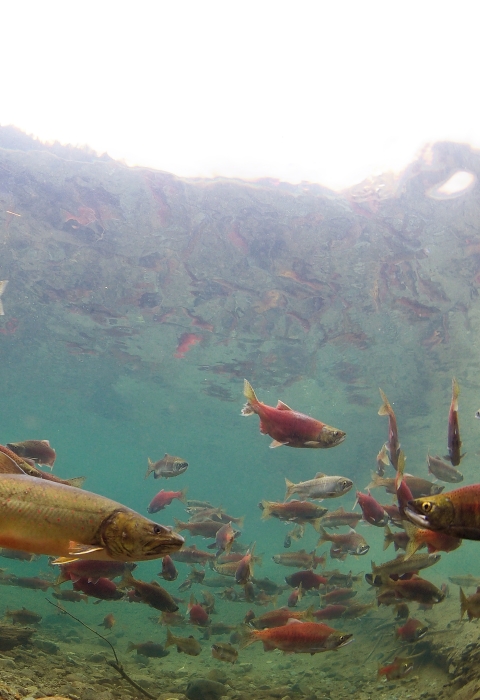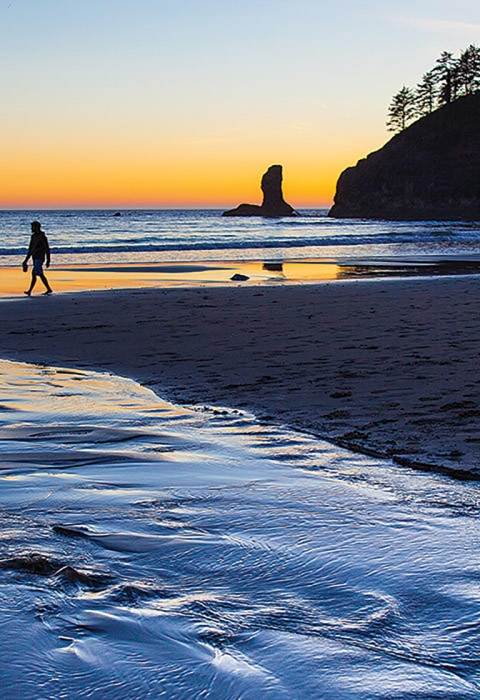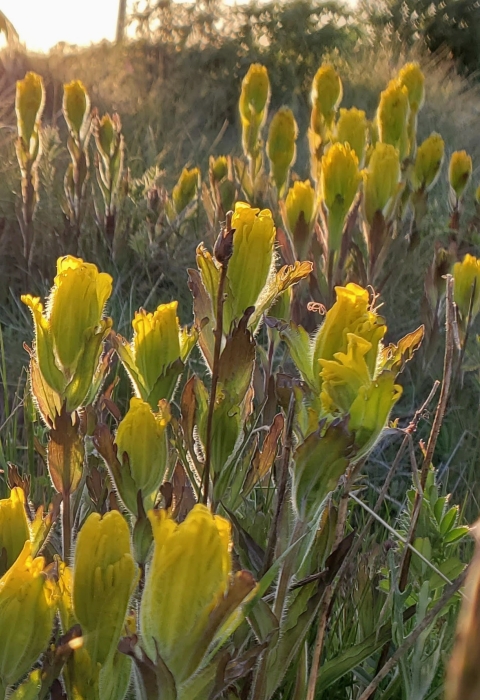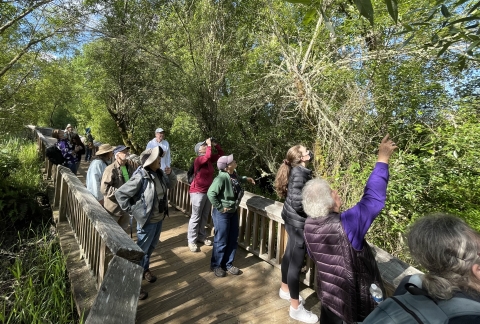Ways to Get Involved
Citizen Science
Become a Citizen Scientist - get to know the birds, wildlife, insects, and plants in your yard and neighborhood. What is happening? When is it happening? Are plants blooming earlier than in the past? Are certain birds showing up earlier or later than usual? Climate change is happening now and scientists need your help with collecting data.
Some ways you can support science and conservation in your local communities:
- Track monarchs and milkweed across the west
- Christmas Bird Count
- Bumble Bee Watch
- Report invasive species
- iNaturalist - explore and share your observations
Explore more opportunities at CitizenScience.gov
Volunteering
Gain new experiences and meet new people while helping to advance fish and wildlife conservation.
Discover for yourself what tens of thousands of volunteers have learned: Volunteering for the U.S. Fish and Wildlife Service is fun and rewarding in many ways. Master new skills. Meet new friends. Enjoy a sense of accomplishment from doing your part to further wildlife conservation for the pleasure of generations to follow. Check out our station's latest volunteer opportunities at America's natural and cultural resources volunteer portal.
Our Partners
We are interested in developing strong partnerships with landowners to manage and conserve native fish, wildlife and plant species such as migratory birds, and threatened, endangered, or other sensitive species. We often work with landowners across Washington, including wetland, riparian riparian
Definition of riparian habitat or riparian areas.
Learn more about riparian , sagebrush sagebrush
The western United States’ sagebrush country encompasses over 175 million acres of public and private lands. The sagebrush landscape provides many benefits to our rural economies and communities, and it serves as crucial habitat for a diversity of wildlife, including the iconic greater sage-grouse and over 350 other species.
Learn more about sagebrush , grasslands, forest and aquatic habitats.
Our nation’s private landowners are critical to the success of the U.S. Fish and Wildlife Service’s mission to conserve, protect, and enhance fish, wildlife, plants, and their habitats. The Service has many tools and programs for conservation of fish, wildlife, and plants on private lands.
Tools for Private Landowners, Non-Federal Landowners, States and Tribes
It is estimated that two-thirds of our nation's lands are privately owned. The U.S. Fish and Wildlife Service recognizes that the key to ensuring healthy fish, wildlife and plants and their habitats rests in the hands of private landowners. You can learn more about the federal-level Partners for Fish and Wildlife Program here.
Outreach
The U.S. Fish and Wildlife Service recognizes the importance of working with partners in the community through building relationships that will help conserve fish, wildlife and plants and their habitats. Our outreach program serves to link the work of the USFWS to the community, and helps connect people and nature by providing opportunities for citizens to become knowledgeable and active stewards.



